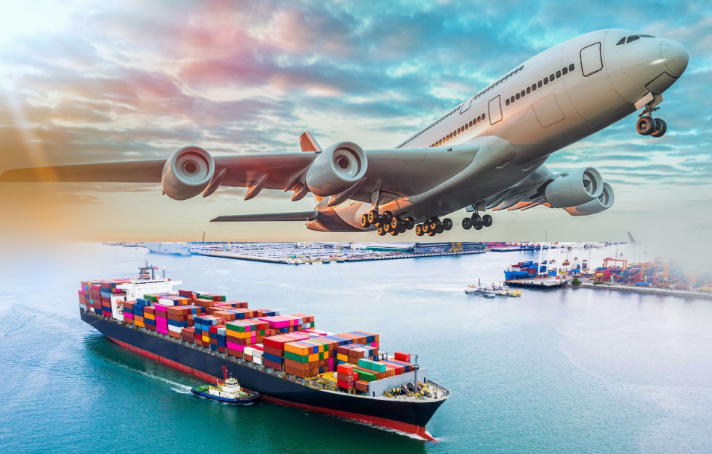NEWS
Comprehensive Guide to International Shipping Rates from China to Europe
Release time:2024-01-19 16:41
International shipping, especially from China to key European destinations like the UK and Germany, is a critical component of global trade. Understanding the nuances of different shipping modes, their costs, and the required documentation is essential for anyone looking to transport goods efficiently and cost-effectively. This guide aims to provide a detailed overview of shipping rates, advantages and disadvantages of various transportation modes, and recommendations for reliable shipping companies.
Modes of Transportation: Advantages and Disadvantages
Sea Freight: The most common mode for shipping large volumes due to its cost-effectiveness. It is ideal for non-urgent, bulky or heavy shipments. However, it has the longest transit times, which can be around 20 to 30 days from China to Germany.
Air Freight: Offers the fastest transit times (3 days for express air freight from China to Germany) but at a higher cost, making it suitable for urgent or high-value shipments. It is also more reliable in terms of departure and arrival times compared to sea freight.
Rail Freight: A balance between cost and speed, rail freight is less affected by weather fluctuations but can experience delays due to rail network disruptions. It is more environmentally friendly than air freight and has transit times shorter than sea freight (about 10 to 20 days for door-to-door delivery from China to Europe).
Road Transport: Offers flexibility and can be a more cost-effective alternative for certain goods. Road freight is becoming more important due to its adaptability and increasing reliability with fixed routes and schedules.

Cost Comparison
Sea Freight: Generally the cheapest for shipments over 500 kg. Prices have risen since summer 2020 but still offer economies of scale. Costs vary widely between forwarders.
Air Freight: Cheaper for shipments between 150 kilos and 500 kg. Costs can vary, and it’s essential to get quotes from different forwarders. Express air freight is more expensive but faster.
Rail Freight: Costs are about 50% of air freight rates. It's a cost-effective option for large shipments that are not as time-sensitive as those requiring air freight.
Road Transport: Can be a cost-effective and attractive alternative, especially in the current global logistics scenario. It's worth considering for flexibility and reliability.
Choosing the Cheapest Way
The cheapest shipping method depends on the size and urgency of your shipment. For large, non-urgent shipments, sea freight is typically the most cost-effective. For medium-sized, time-sensitive shipments, air freight can be a better option. Rail freight strikes a balance for large shipments that require faster delivery than sea freight can provide.
Required Documents
For international shipping, you'll need to prepare essential documents such as a commercial invoice, packing list, bill of lading (for sea freight), or air waybill (for air freight), and possibly a certificate of origin. Additional documents like a Material Safety Data Sheet (MSDS) may be required for specific products.
Recommended International Shipping Companies
Freightos: Offers a comprehensive database of freight rates and allows you to compare, book, and manage shipments. It provides real-time FCL, LCL, and air rates for shipping from China to Germany.
Sino Shipping: Specializes in sea, air, and rail freight from China to Germany, offering a variety of services including door-to-door, door-to-port, and port-to-port.
DHL Freight: Provides rail transport, road freight, and air freight services with a focus on flexibility and reliability. It's particularly recommended for its road freight expertise.
Conclusion
Selecting the cheapest and most efficient shipping method from China to Europe involves considering the size and urgency of your shipment, as well as current market conditions. Sea freight is typically the most economical for large, non-urgent shipments, while air freight is faster but more expensive. Rail and road transport offer viable alternatives with their own sets of advantages. It is crucial to stay informed about the latest developments in international freight and to prepare the necessary documents for a smooth shipping experience.

 Free Quote
Free Quote





